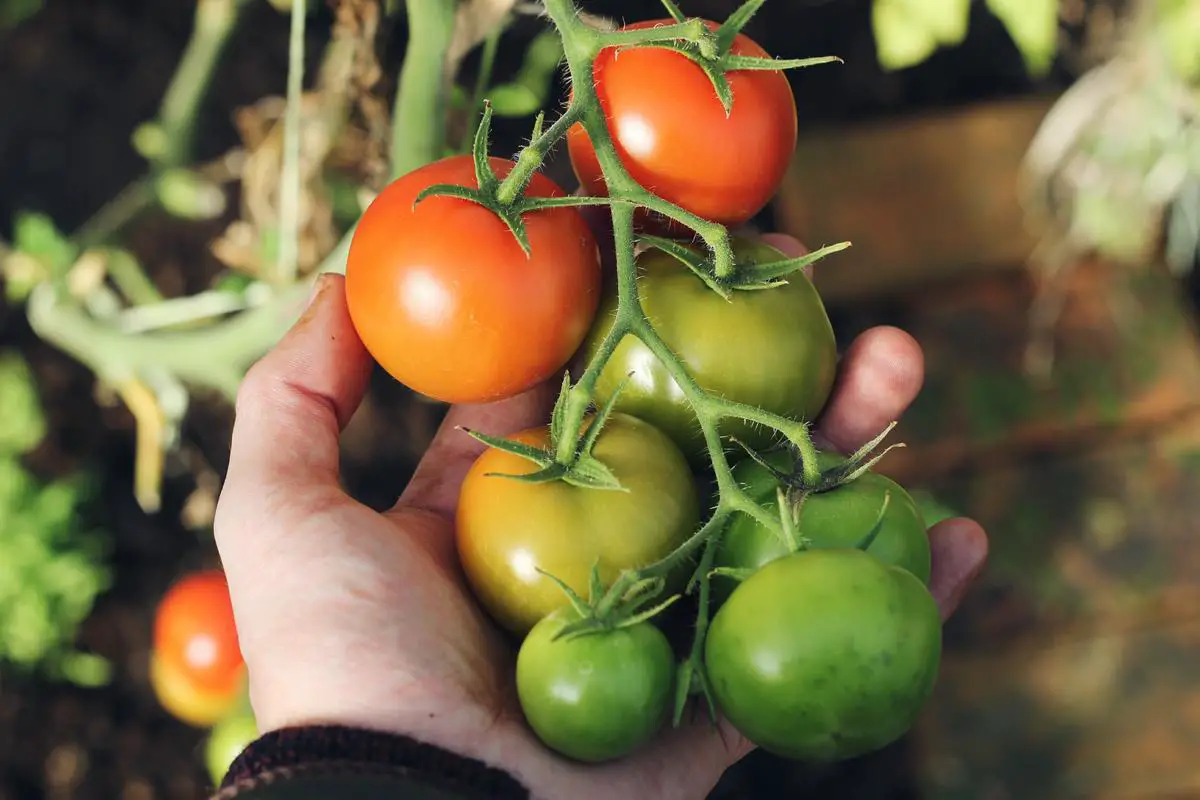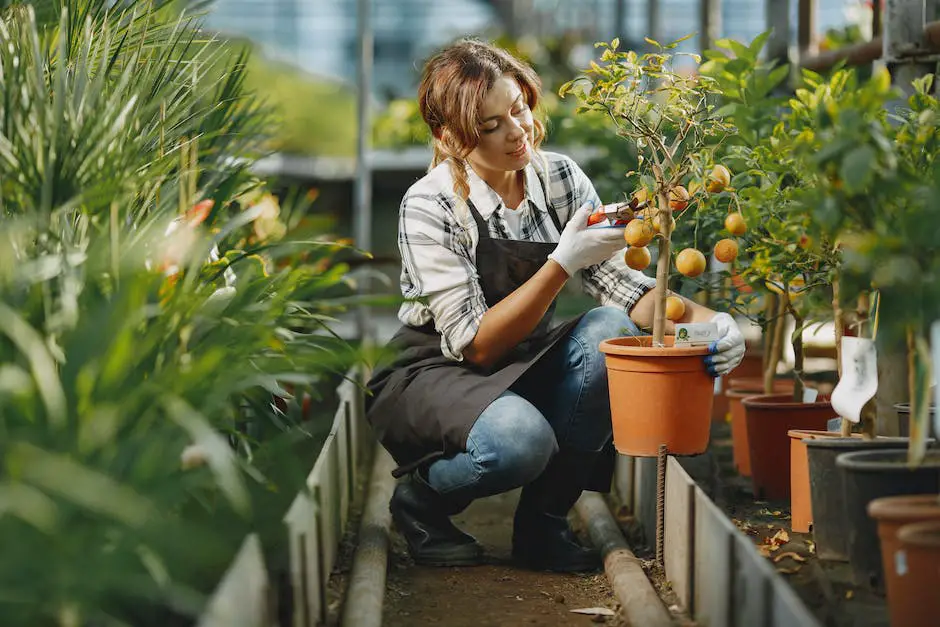Table of Contents
When embarking on the exciting journey of tomato gardening, one step that often raises many questions is the process of pruning. Pruning, when done accurately, can considerably bolster the health and yield of your tomato plants. By comprehending the rationale behind pruning, you will be equipped to stimulate more optimal growth, increased fruit production, and heightened plant vitality. This knowledge becomes especially crucial when faced with the potential pitfalls of pruning extremes – over-pruning or under-pruning. Equally important is familiarizing yourself with the proper techniques, identifying which branches are ripe for removal, and selecting the perfect timings for optimum results. Furthermore, having the right tools at your disposal and knowing how to wield them effectively and safely is the final piece of the puzzle.
Understanding the Need for Pruning
Understanding the Need for Pruning Tomato Plants
Pruning tomato plants can significantly influence the overall health, productivity, and vigor of the plants. The primary reason for pruning tomato plants is to stimulate growth by removing excess foliage, which often competes for nutrients, sunlight, and air circulation. By eliminating some of this unnecessary greenery, the plant can focus its energy on producing larger, tastier tomatoes instead of maintaining more leaves.
Pruning also helps tomato plants stay upright, reducing their contact with the soil and thereby decreasing the likelihood of disease. When plants are sprawling on the ground, their leaves are prone to get damp, creating an ideal environment for fungi and bacteria to thrive. Keeping the foliage pruned and off the ground mitigates this risk.
Balancing Pruning for Optimal Plant Health
However, while pruning offers several benefits, it is crucial to strike a balance. Over-pruning can stress out the plant as it demands a lot of energy to heal the wounds left by cuts. Additionally, foliage offers shade to the fruit, preventing sunscald, a condition where the sun burns the fruit. Therefore, excessive pruning exposes the fruit to potential sun damage.
Not pruning enough or neglecting to prune can also be detrimental. When tomato plants aren’t pruned, the airflow is limited, exacerbating the conditions ripe for disease development and spread. Plus, excess foliage can overtake the plant, creating a dense environment that fosters insects and pests.
In essence, understanding the need for pruning entails grasping the concept that pruning is a vital gardening practice intended to maintain plant health and maximize fruit production. Correct pruning can ensure your tomato plants yield a healthy, bountiful harvest.

Photo by lewiswilsonn on Unsplash
Pruning Techniques
Identifying Branches that Require Pruning
The first step of effectively pruning your tomato plants involves understanding which branches necessitate removal. Generally, there are two types of branches that you should be concerned with. The first are the non-productive branches. These are branches that are not bearing any flowers or fruits and consuming the plant’s resources without contributing to the overall yield. Removing these will allow the plant to focus its energy on productive branches.
The second type are branches that are showing signs of disease or damage. These are typically discolored, with spots or other visible symptoms of disease. It’s critical to remove these infected branches immediately to prevent the spread of the disease to the rest of the plant.
It’s equally important to identify branches that cross each other or grow inwards towards the center of the plant. Such branches restrict air circulation and sunlight penetration, impairing overall plant health.
Approaches to Prune Tomato Plants
Prune your tomato plants using a sharp, clean pair of pruners, scissors, or a knife. Always make clean cuts at the node or joint of the trunk or branch, and avoid tearing or ripping which could cause further harm to the plant.
When cutting, aim for an angle around 45 degrees, as flat cuts can collect water and give rise to disease development. Immediately after cutting, consider applying a tree wound dressing to protect the wound and speed up the healing process.
Timing and Frequency for Pruning Tomato Plants
Tomato plants are best pruned in the early morning or late evening when the sun is not too strong, as strong sunlight can scorch the newly exposed areas of the plant. When it comes to frequency, this will depend on how fast your plants grow, but a good rule of thumb is to check for prunable branches weekly during the growing season.
Remember, over-pruning can put too much stress on a plant, so it’s generally best to remove no more than one-third of the plant at a time. Also, avoid heavy pruning late in the growing season, as this can limit the amount of energy the plant has to produce fruit. Take a gradual approach, pruning non-productive, diseased or inward-growing branches first, but always step back to reassess the plant before pruning more.
Overall, when done correctly, pruning creates stronger, more productive tomato plants, leading to a healthier yield that will add flavor and freshness to your meals.

Tools for Pruning
Choosing The Right Tools For Pruning Tomato Plants
When it comes to pruning tomato plants, selecting the right tools is key to successful gardening. Crucial tools for this task typically include a sharp pair of bypass pruners or gardening scissors. Bypass pruners are preferable for tomato plants, as they make clean, healthy cuts without crushing the plant tissue. Conversely, using dull or inappropriate tools can lead to plant damage or unclean cuts, promoting disease.
Effective Use Of Pruning Tools
To effectively use the pruning tools, hold the pruner in your dominant hand and use your other hand to hold the tomato branch gently but securely. Make your cut just above a leaf node, an intersection, or a growth point on the branch. Knowing where and how to make these cuts will ensure healthy new growth while reducing the spread of disease.
Proper Maintenance of Pruning Tools
Proper maintenance of your pruning tools not only ensures their longevity but also aids in maintaining plant health. After each use, clean the blades to remove any sap or plant material, as these can carry disease. Tools should be sharpened regularly to guarantee clean, efficient cuts. Additionally, rusting can be prevented by airing out the tool properly before placing it in storage.
Safety Measures While Handling Pruning Tools
It’s essential to observe safety measures when handling these gardening tools to prevent injuries. Always cut away from your body and keep your fingers clear of the blades. Use tools with safety locks and always engage the lock when the tool isn’t in use. Consider wearing a sturdy pair of gloves to protect your hands while pruning. Lastly, ensure your pruners are stored securely out of reach from small children or pets.
Remember, effective pruning not only impacts the health and productivity of your tomato plants, but it is also instrumental in maintaining their shape and structure. As such, proper use, maintenance, and safety while handling these tools are key factors in successful tomato plant pruning.

The art of pruning isn’t just about snipping branches helter-skelter; it’s a strategic process that, when done with care and correct knowledge, can have a profound impact on your tomato plants’ yield and overall health. The understanding of why plants need pruning and the implications of good versus poor pruning practices can make all the difference. Likewise, specific methods and techniques need to be learned and applied wisely. Once you’ve mastered this, pruning becomes an exciting part of the gardening journey rather than a daunting task. Finally, the right resources and tools, their proper usage, maintenance, and safety considerations are imperatives of effective pruning. All these elements combined pave the way to flourishing, fruit-bearing tomato plantations.
